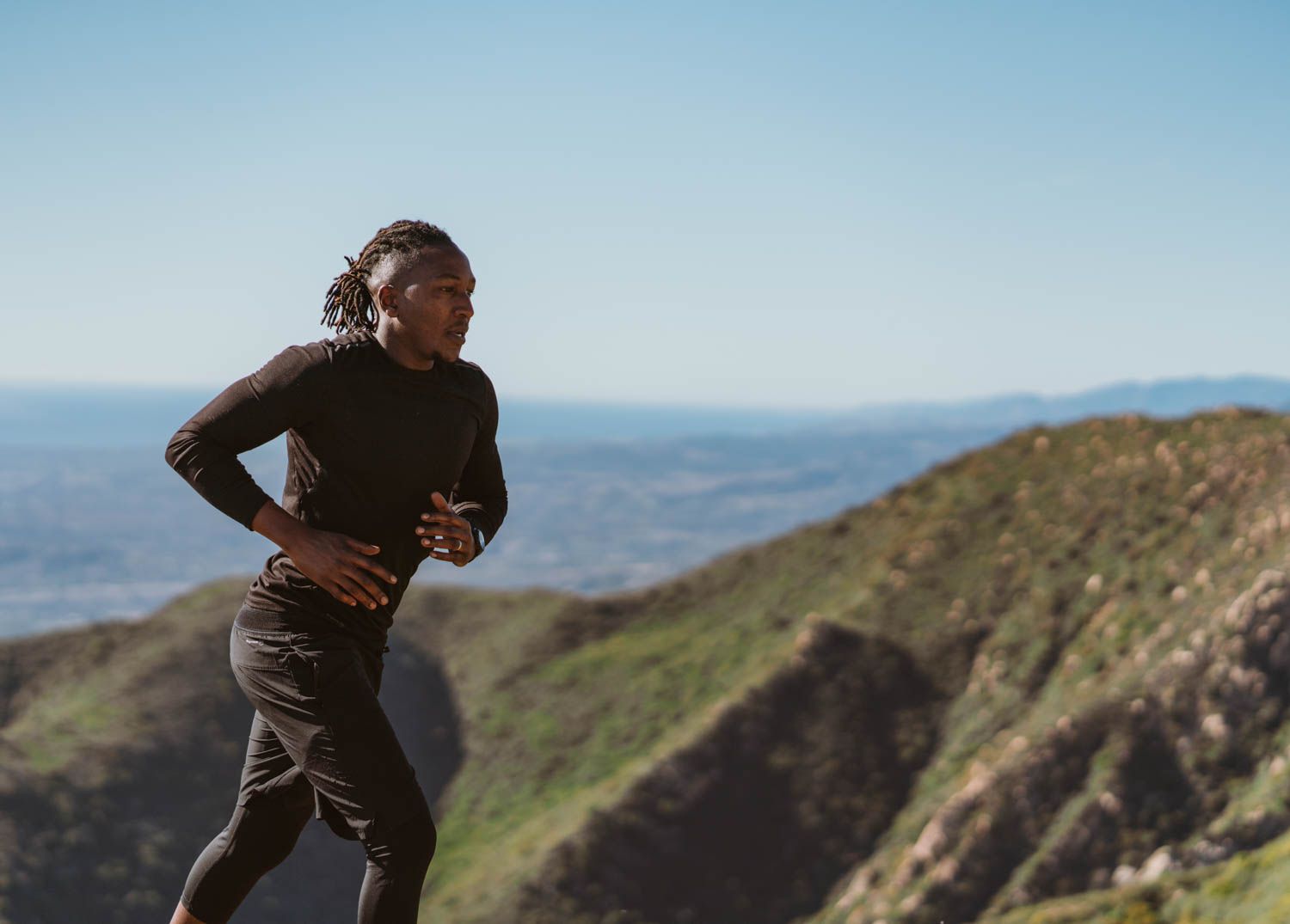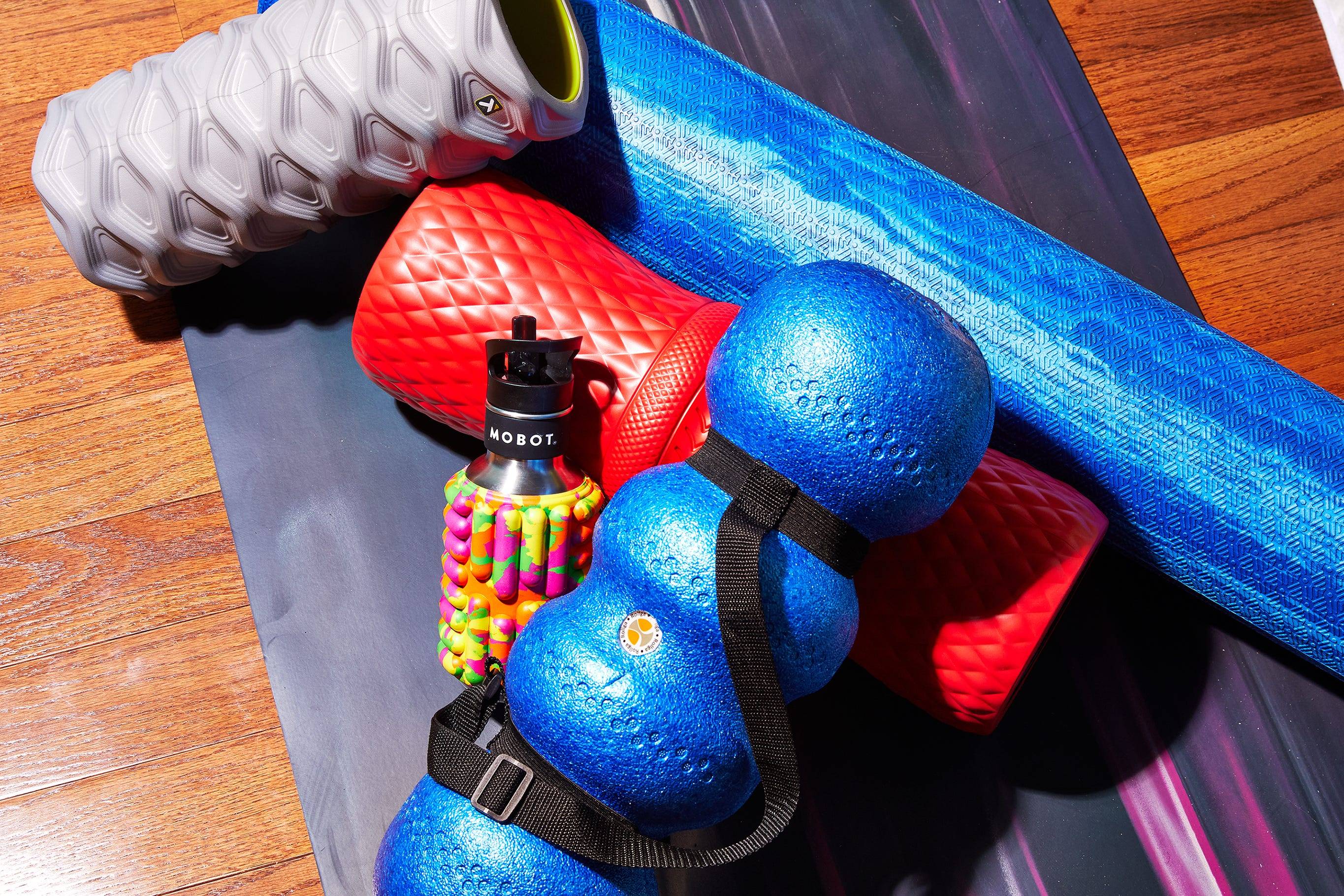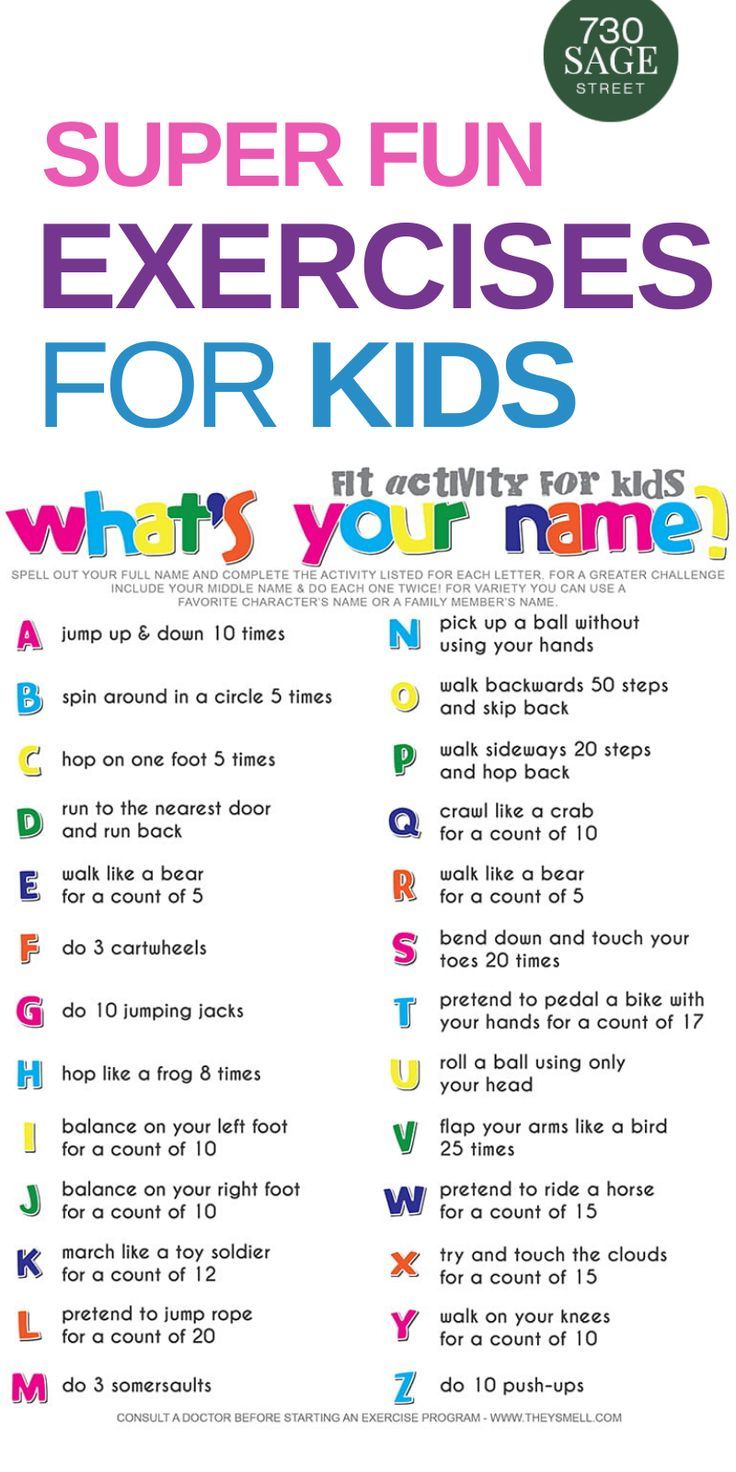
A beginner's guide to cross stitch will show you how to do it. In this article, we'll go over the Basic cross stitch, Floating stitches, and Half-cross stitches, as well as how to count the squares in a pattern. After reading this guide, you should feel confident enough to begin your own cross-stitching project. Then you can move onto more advanced techniques. If you are interested in advanced techniques, these articles might be of interest to you:
Cross stitch basic
A basic understanding of the different stitches is essential when you are learning how to stitch. Cross stitching begins with inserting the needle at the bottom of the piece. This is done by using the same starting pattern. To take an example, put your needle in bottom left corner on the square and then go across. You will then need to secure it by making a basic knot with the extra yarn.
The first step is to find the center of the fabric. You can find the center by folding the fabric lengthwise or widthwise. This point can also be measured using a tape measurement. To locate the center of your fabric, measure from the left side to the top and then again down from where you are. Measure the fabric from this point down to three inches. Your design will have a height equal to half the fabric's measurement.
Floating stitches
Floating stitches in cross stitching refers to a single unfinished stitch. These stitches cannot end by knotting it or crossing it across a large area. You need to insert a large amount of stitches over the floating thread, and then pull it one row further down. Next, tie a knot at top of stitched piece.
Measure the fabric's center to make your first grid. This will allow you to determine the best place to begin. Next, measure the fabric from the middle to the top. The fabric's top edge will be about a half inch higher in the center than it is at the top. To make the first row as wide as possible, you will need at least two stands. Once you are done with the first row, fold the fabric again.

Half-cross stitches
A common technique for cross-stitching is to use a pattern called half-cross stitches. Half-cross stitches look smooth and refined. It is used less often in the United States than it is in Europe, but it is still very popular. It does not cover the back canvas so it may not be as durable. Half-cross stitch patterns require less yarn or thread.
If you are able to create half-cross stitches, then you will know why they are essential for any embroidery project. These stitches are versatile and can be used for many different designs. Follow a Lizzy tutorial to learn how to create half-cross stitches. This stitch can also create long lines, add definition, or be used in areas where a full bar effect is not required.
Floating stitches all along a row
Floating stitch is a cross stitch that's not usually found in patterns. Floating stitch are single stitches that can't be finished by knotting or crossing the thread over large areas. You should always insert a large amount of stitches above this stitch, pull the yarn down one row, then tie a loop in the center.
The easiest way to determine where the center of the fabric lies is to fold the fabric lengthwise and widthwise. Next, use a tape measure to measure the center of the fabric. When doing this, measure the fabric from center to center, starting at the left-hand edge. It is possible to miss a stitch in a larger layout, especially if the wrong one is a lighter or darker color.
Cross-stitch calculator
Using a cross stitch fabric calculator can be useful for figuring out the right fabric for your needle, how many strands of floss you will need and more. Many cross stitch patterns indicate the final size on Aida 14 count fabric. This can be stitched on linen or silk, but you may also want to do it on another fabric. This tool will calculate how much fabric you'll need. You can then adjust the pattern to match your new fabric.

When calculating your fabric size for cross stitch, it is important to consider the fabric count. A fabric count is the number of squares or threads per linear inch. This information is typically printed on the fabric's package. If you are using linen or evenweave aida, count every row. You'll need to divide by two the total stitch count for fabric with a Thread Count of Over 1 or 2.
FAQ
What is butter good for?
Butter is one of many good sources of saturated fats. This type is beneficial for healthy skin and hair as well as stronger bones.
Butter also contains vitaminK, which prevents bleeding after cuts and bruises. Vitamin K and vitamin B work together to prevent any bruising.
Butter is also rich with minerals, such as calcium and phosphorous. These elements are good for teeth and bones.
However, butter has some drawbacks. Butter is high in cholesterol. Studies show that too much cholesterol can increase your risk of developing heart disease.
Butter is high in saturatedfat, which contributes both to obesity, and raises cholesterol.
Butter can be spread on bread, but you don't have to dip it into soups or salads if you absolutely must. Bread absorbs more oil that pasta and potatoes.
What dietary supplement is best for weight loss?
Exercise and diet are key to losing weight. Some people find that certain supplements are helpful.
A few studies have suggested that omega-3 Fatty Acids might help weight loss. Omega-3s, essential fats, are critical for brain function and cell membrane health. They can be found in seafoods like salmon, tuna or shrimp, as well as cod liver oil.
Some research has shown that green tea could be helpful in weight loss. Green tea is rich in catechins, antioxidants which may boost metabolism and aid weight loss.
What is a good schedule for a 7-day work out?
A seven-day exercise program should consist of three days per week of cardiovascular training (running, biking, swimming), two strength exercises (using free weights, weight machines), and one flexibility/core workout (yoga, Pilates). Each activity should be performed at least once each week. The total time for each session should not exceed 45 minutes.
Cardiovascular Exercise: Running/Biking/Swimming
It is important to complete at least 60 minutes of cardio per week. For best results, aim for 75 minutes per week. Cardio exercise can stimulate blood flow and increase muscle growth.
Strength Training
Cardio exercises target your heart and lungs. Strengthening your muscles and bones is the opposite. Strength training can help you burn calories even when you're not working out.
Flexibility and core workouts
You can strengthen your entire body by strengthening flexibility and core exercises. Both yoga as well as Pilates are great choices.
What is the best exercise for men over 40 years old?
The best exercise for older men is one that gives them more energy, and increases their stamina.
It is important for you to know that over 40s experience a reduction in testosterone which can lead to lower sex drive.
But, that doesn't mean you can't enjoy some physical activity. Many studies show that regular aerobic exercise can boost testosterone in some men.
You can improve your sexual performance by starting an aerobics program.
Is Cardio Better Than Strength Training?
Both are equally great. If you want to increase muscle mass faster, cardio is the better option.
Cardio burns more calories per minute than strength training and burns more fat.
Strength training builds muscle mass, but it takes longer to achieve this goal than cardio.
Statistics
- According to the American Heart Association, blood pressure should be checked at least once every two years, beginning at age 20. (my.clevelandclinic.org)
- The PRS enabled risk stratification for overall prostate cancer and lethal disease with a four-fold difference between men in the highest and lowest quartiles (HR, 4.32; 95% confidence interval [CI], 3.16-5.89). (pubmed.ncbi.nlm.nih.gov)
- By John Thompson Take a whopping 38% off a set of PowerBlock Pros. (menshealth.com)
- Are You One of the 20% of Guys (mh.co.za)
- Get free shipping and 25% off today. (healthline.com)
External Links
How To
How can I burn fat while exercising?
Exercise reduces calories by increasing metabolism, and oxygen consumption.
Exercise at a moderate intensity to safely lose weight.
These tips will help you burn fat and keep fit while exercising.
-
Cardio exercises include walking, running, swimming, cycling, running and jogging.
-
For 30 minutes, do it three times a week.
-
You can lose weight by adding strength training to the routine.
-
Avoid intense workouts. You can build muscle without breaking down muscle tissue.
-
When exercising, make sure to drink lots of water. Water helps flush out toxins and keep your body properly hydrated.
-
After working out, drink low-fat protein shakes. Protein shakes are great for your muscles and energy.
-
Eat smaller meals throughout the day, so you don't feel hungry between meals.
-
Don't skip breakfast! Skipping breakfast can cause you to feel tired and sluggish.
-
Take care of yourself mentally. Stressful situations can slow your metabolism.
-
Keep a positive attitude. Studies show that people who believe they're overweight gain more weight than those who think they look pleasing.
-
Sleep enough. You will have a harder time losing weight if you do not get enough sleep.
-
Always be active. Keep moving every hour.
-
Maintain a healthy diet. You will feel fuller longer if you eat right.
-
Find relaxation techniques. Relaxing doesn't mean your body releases stress hormones which cause muscle tissue to be destroyed.
A balanced diet will provide all nutrients that are necessary for growth.
Consider eating six small meals daily instead of three big ones. This allows your body time to digest what you've eaten.
For strong bones, we need 500 mgs of calcium daily. Calcium can be found in dairy products such as yogurt, fortified soybean beverages, orange juice, cereals, bread, and cereals.
Calcium is found in leafy green vegetables and beans, tofu as well as nuts, seeds, cheese, and seeds.
Vitamin D is necessary for the body to absorb calcium. Vitamin D is found in certain fortified foods, such as egg yolk and fatty fish.
Vitamin E is crucial for skin health. Vitamin E can also be found in vegetable oil, wheat germ oils, peanuts as well almonds, sunflower seeds and corn.
Your body requires zinc for normal immune function and wound healing. Zinc is found in oysters, legumes, meats, whole grains, and seafood.
Zinc deficiency may cause fatigue, loss appetite, depression, and impaired immunity.
Consuming too much sugar can cause insulin resistance. This causes an increase in blood glucose levels. Insulin resistance can lead to weight gain.
Insulin resistance occurs when the bloodstream is full of free radicals. Free radicals are molecules containing unpaired electrons which cause damage to cells membranes.
Free radicals come mainly from food additives, pesticides, herbicides, preservatives, smoking, air pollution, radiation, chemicals in cosmetics, lotions, and household cleaning supplies.
Free radical damage may lead to cancer, heart disease diabetes, arthritis, asthma and other conditions.
A well-balanced diet rich in antioxidants is the best way for you to avoid free radical damage. Antioxidants protect against oxidative damage.
Antioxidant vitamins include Vitamin C (found in citrus fruits), beta carotene (found in carrots, sweet potatoes, spinach, broccoli, cantaloupe, apricots, squash, mangoes, peaches, peppers, tomatoes, cabbage, cauliflower, kale, Brussels sprouts, collard greens, watermelon, and strawberries), and Vitamin E (found in nuts, olive oil, avocados, and eggs).
Selenium, copper as well as manganese and zinc are some other antioxidant nutrients.
Selenium helps protect cells from oxidative damage caused by free radicals. Selenium can be found in Brazil nuts and liver, kidneys, liver, kidneys, shrimp, cod, turkey and lamb as well as chicken.
Copper protects eyes, brain, lungs and red cells. Copper is also found in poultry, meat, and organs.
Manganese, an essential component of bone strength, is crucial. Manganese is found in brown rice, spinach, bananas, prunes, raisins, oatmeal, and lentils.
Zinc is essential for normal growth, reproduction, wound healing, and average growth. Zn can be found in lean cuts, white fish, poultry, eggs, and other foods.